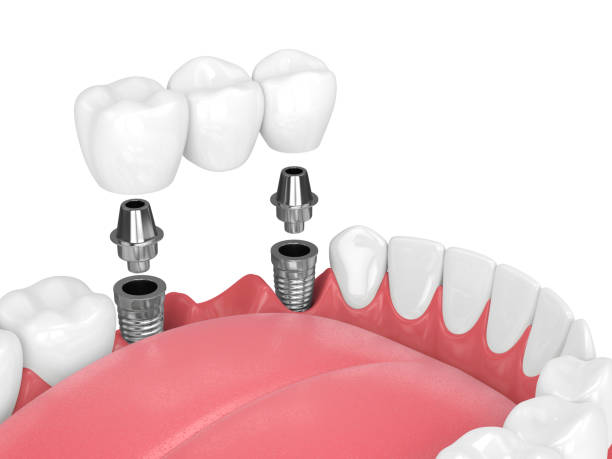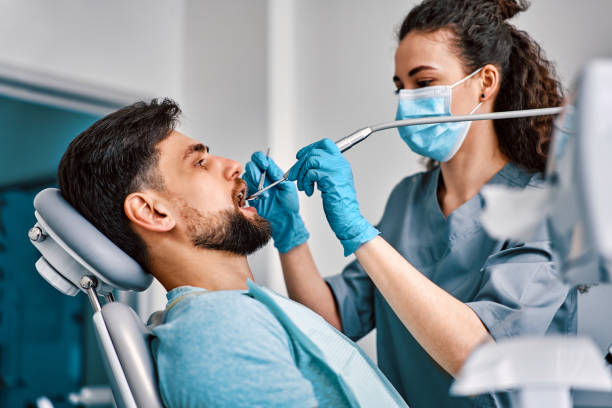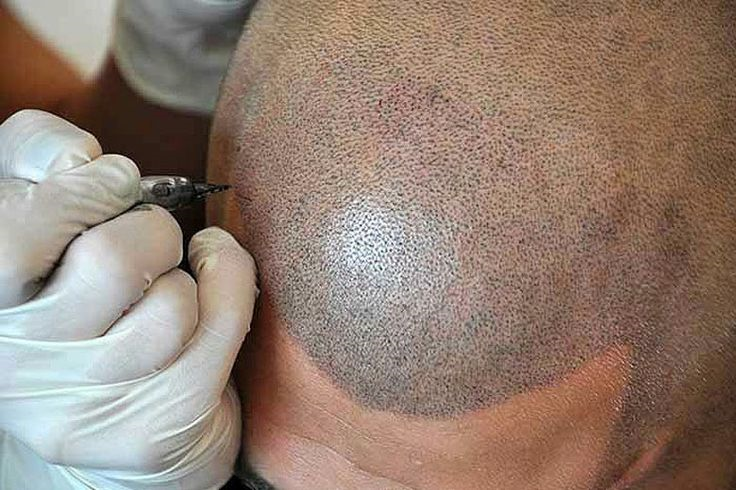If you’re searching for answers on how do I get rid of ingrown hair on my legs? {كيف اتخلص من الشعر تحت الجلد في الساقين}, you’re likely looking for gentle, effective solutions without relying on harsh chemicals. Ingrown hairs can be painful and frustrating, causing redness, bumps, and sometimes infection. Fortunately, natural methods and simple skincare routines can help remove ingrown hairs and soothe irritated skin without aggressive treatments. This article covers practical, chemical-free ways to tackle ingrown leg hair safely.
Understanding Ingrown Hair on Legs:
Ingrown hairs happen when hair curls back or grows sideways under the skin, often due to shaving, waxing, or friction. This causes inflammation, discomfort, and sometimes unsightly bumps. Preventing and treating them gently is key to maintaining healthy skin.
Common triggers:
-
Shaving against the grain
-
Dry or thick skin buildup
-
Curly or coarse hair texture
-
Tight clothing causing irritation
By understanding the causes, you can better protect your legs and promote clear skin.
Natural Exfoliation Methods to Remove Dead Skin:
Exfoliation is essential for freeing trapped hairs and preventing new ingrown hairs from forming, but harsh scrubs can irritate sensitive skin.
Gentle exfoliation options:
-
Sugar and honey scrub: Mix sugar with honey or olive oil for a mild, moisturizing scrub
-
Oatmeal paste: Blend oatmeal with water and apply to skin for soothing exfoliation
-
Soft washcloth: Use a damp, soft cloth to gently rub the skin in circular motions
Perform exfoliation 2-3 times a week to remove dead skin cells and open clogged follicles without causing irritation.
Warm Compress to Soften and Release Ingrown Hairs:
Applying heat softens the skin and opens pores, helping trapped hairs break free naturally.
How to apply:
-
Soak a clean towel in warm water
-
Place on affected areas for 10-15 minutes
-
Repeat 2-3 times daily as needed
This simple step reduces swelling and eases discomfort while preparing the skin for extraction.
Using Natural Oils to Soothe and Moisturize:
Keeping skin hydrated helps prevent dryness and irritation, reducing the risk of ingrown hairs.
Best oils for ingrown hair care:
-
Coconut oil: Contains antibacterial and moisturizing properties
-
Jojoba oil: Mimics natural skin oils and helps balance moisture
-
Tea tree oil: Use diluted as a natural antiseptic to reduce redness and inflammation
Apply oils after cleansing and exfoliating to calm skin and promote healing.
Manual Extraction with Care:
Sometimes gently freeing the trapped hair is necessary, but it must be done cautiously to avoid infection or scarring.
Tips for safe removal:
-
Wash hands thoroughly before touching skin
-
Use a sterilized needle or tweezers
-
Gently tease out the hair without digging deep
-
Stop if pain or bleeding occurs
If unsure, it’s better to seek professional help rather than risk damage.
Avoid Shaving or Waxing on Irritated Skin:
Continuing hair removal on inflamed or irritated areas can worsen ingrown hairs and delay healing.
Alternatives during recovery:
-
Use electric trimmers or clippers to shorten hair without skin contact
-
Consider temporary hair removal creams (test on small patch for sensitivity)
-
Give skin time to heal before resuming shaving or waxing
Protecting the skin ensures faster recovery and reduces future flare-ups.
Wear Loose Clothing to Minimize Friction:
Friction from tight clothes or synthetic fabrics can aggravate ingrown hairs.
Clothing tips:
-
Choose breathable, loose-fitting garments
-
Opt for natural fibers like cotton or linen
-
Avoid tight jeans or leggings during flare-ups
Reducing irritation helps calm skin and prevents further ingrown hairs.
When to Consult a Dermatologist:
If home remedies and gentle care don’t improve your condition, or if you experience severe pain, pus, or scarring, professional advice is important.
Professional treatments may include:
-
Prescription topical antibiotics or corticosteroids
-
Laser hair removal for permanent reduction
-
Minor surgical extraction for stubborn hairs
Early intervention prevents complications and promotes healthier skin.
Final Thoughts:
If you’re asking how do I get rid of ingrown hair on my legs? without using harsh chemicals, the key is patience combined with a gentle, natural approach. Regular exfoliation, warm compresses, moisturizing oils, and cautious care help release trapped hairs and soothe skin safely. Avoiding irritating hair removal methods and friction supports healing and clear, smooth legs.
With these chemical-free strategies, you can confidently manage and prevent ingrown hairs while maintaining your skin’s health and glow.







0 Comments